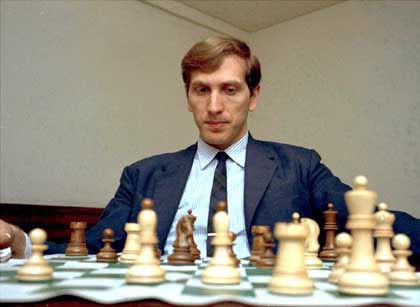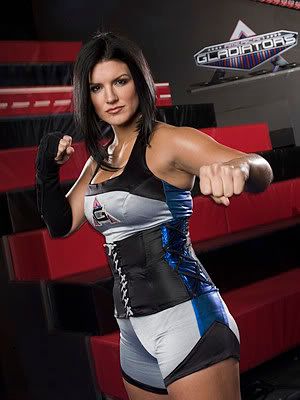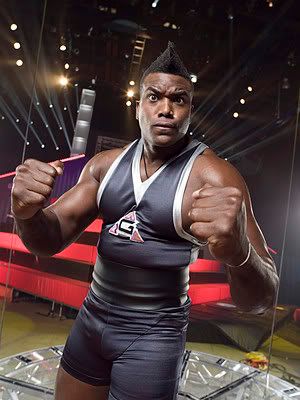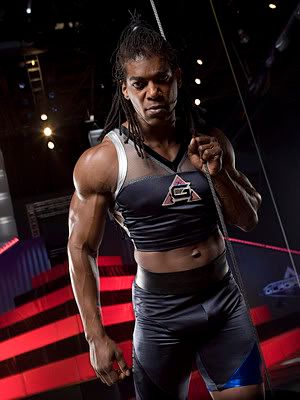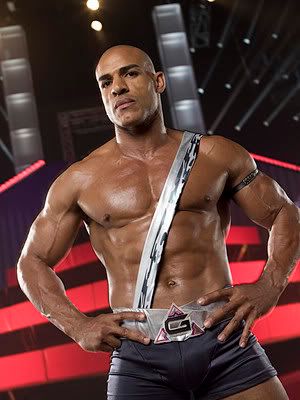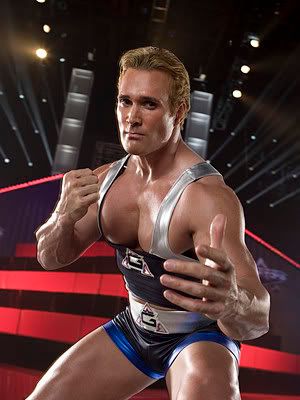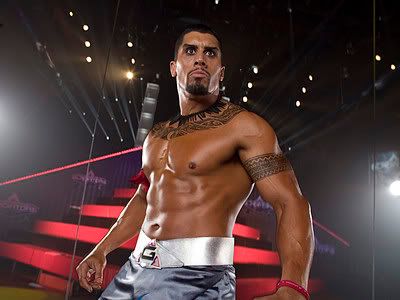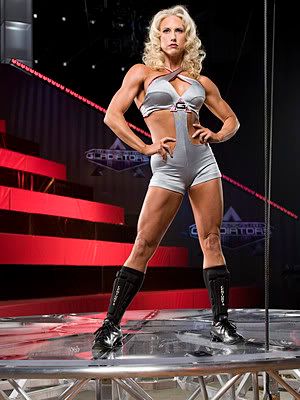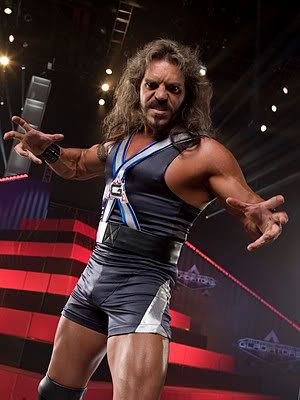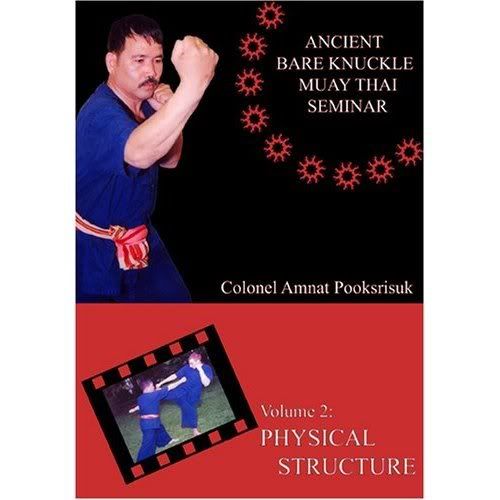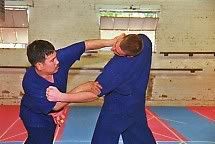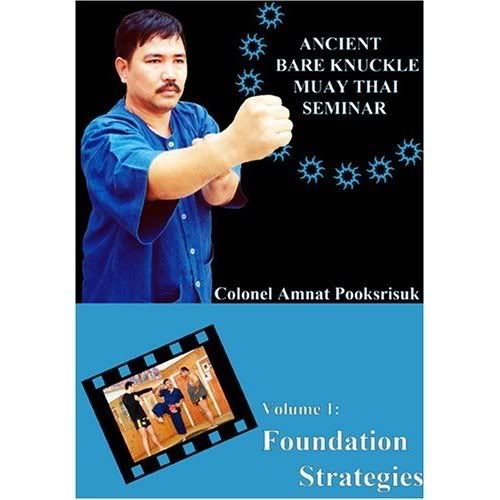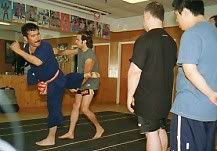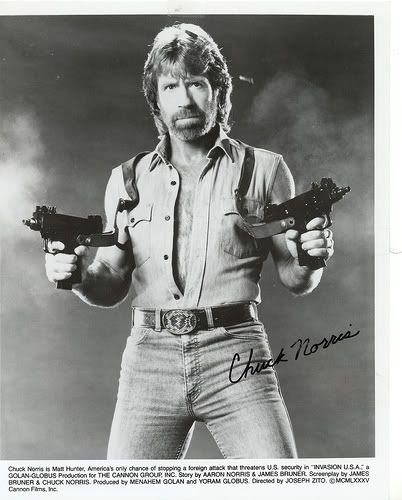Despite the public perception of chess and chessplayers...I am glad I spent time to develop my chess game to a degree...it has helped me in thinking analytically at times and the one skill I have learned from chess is to be able to think ahead a few moves and the various permutations/combinations based off of my actions.
Bobby Fischer was an inspiration to me when I was into chess...the only U.S. World Champion (to date) and he was a genius. This post is for you Champ. May you rest in peace and meet the other world champions in heaven and show them you got game.
Follows is the NY Times obit:
Bobby Fischer, Chess Master, Dies at 64
By BRUCE WEBER
Published: January 18, 2008
Bobby Fischer, the iconoclastic genius who was one of the greatest chess players the world has ever seen, has died, a close family friend, Gardar Sverrisson, confirmed Friday.
He was 64 and died on Thursday in a hospital in Reykjavík, Iceland. No cause of death was given but he had suffered for some time from an unspecified illness.
Mr. Sverrisson, who lived in the same apartment building in Reykjavik as Mr. Fischer, said: “He was a close family friend and we all miss him very much.”
Mr. Fischer, the most powerful American player in history, had moved to Iceland in 2005. He had emerged briefly in 1992 from a mysterious seclusion that had lasted two decades and defied an American ban on conducting business in wartorn Yugoslavia to play a $5 million match against his old nemesis, the Russian-born grandmaster Boris Spassky.
After he won handily, he dropped out of sight again, living alone. He avoided arrest on American charges over his Yugoslavia appearance and stayed in touch with his few friends in the United States by telephone, compelling them to keep his secrets or risk his rejection.
He lived in Budapest -- and possibly the Philippines and Switzerland -- and emerged now and then on radio stations in Iceland, Hungary and the Philippines to rant in increasingly belligerent terms against the United States and against Jews.
Mr. Fischer’s 1992 victory against Mr. Spassky was a sad reprise of his most glorious triumph. It was in summer 1972, in a match played in Reykjavik, that Mr. Fischer wrested the world championship from Mr. Spassky, becoming the first — and as yet only — American to win the title, which Russian-born players had held for more than four decades.
Mr. Fischer won with such brilliance and dramatic flair that he became an icon, an unassailable representative of greatness in the world of competitive games, much as Babe Ruth had been and Michael Jordan would become.
“It was Bobby Fischer who had, single-handedly, made the world recognize that chess on its highest level was as competitive as football, as thrilling as a duel to the death, as esthetically satisfying as a fine work of art, as intellectually demanding as any form of human activity,” wrote Harold C. Schonberg, who reported on the Reykjavik match for The New York Times, in his 1973 book, “Grandmasters of Chess.”
In July 2004, he was seized by the Japanese authorities when he tried to board a plane from Japan to Manila and was accused of trying to leave the country on an invalid passport. He was detained in prison for nine months while the various governments, as well as a staunch group of supporters in the chess world, tried to resolve the issue.
In 1999, in a series of telephone interviews he gave to a radio station in the Philippines, he rambled angrily and profanely about an international Jewish conspiracy, which he said was bent on destroying him personally and the world generally.
On Sept. 11, 2001, he told a radio talk-show host in Baguio, the Philippines, that the terrorist attacks on the World Trade Center and the Pentagon were ”wonderful news,” adding he was wishing for a scenario “where the country will be taken over by the military, they’ll close down all the synagogues, arrest all the Jews and secure hundreds of thousands of Jewish ringleaders.”
The world championship match against the elegant Spassky was an unforgettable spectacle, the cold war fought with chess pieces in an out-of-the-way place. Mr. Fischer’s characteristic petulance, loutishness and sense of outrage were the stuff of front page headlines all over the globe. Incensed by the conditions under which the match was to be played — he was particularly offended by the whirr of television cameras in the hall — he lost the first game, then forfeited the second and insisted the remaining games be played in an isolated room the size of a janitor’s closet. There, he roared back from what, in chess, is a sizable deficit, trouncing Mr. Spassky, 12 ½to 8 ½. (In championship chess, a victory is worth one point, a draw a half-point for each player.) In all, Mr. Fischer won 7 games, lost 3 (including the forfeit) and drew 11.
Through July and most of August, the attention of the world was riveted on the Spassky-Fischer match. Americans who didn’t know a Ruy Lopez from a Poisoned Pawn watched a hitherto unknown commentator named Shelby Lyman explain each game on public television. All this was Mr. Fischer’s doing. Bobby Fischer the rebel, the enfant-terrible, the tantrum-thrower, the uncompromising savage of the chess board, had captured the imagination of the world. Because of him, for the first time in the United States, the game, with all its arcana and intimations of nerdiness, was cool. And when it was over, he walked away with a winner’s purse of $250,000, a sum that staggered anyone ever associated with chess. When Mr. Spassky won the world championship, his prize was $1,400.
Mr. Fischer’s victory was widely seen as a symbolic triumph for Democracy over Communism, and it turned the new champion into an unlikely American hero. He was invited to the White House by President Richard M. Nixon, interviewed on television, hounded by journalists, wooed unsuccessfully by commercial interests. Sales of chess sets skyrocketed; so did fees for chess lessons, as scores of poverty-stricken chess players benefited from the cachet that Mr. Fischer had conferred on them.
“That’s really how chess teaching began,” recalled Bruce Pandolfini, whose career as a teacher and writer was launched after he appeared with Mr. Lyman on public television. “Chess teachers didn’t really exist before 1972, not in any real numbers, but people started calling in to PBS, and they gave me a list of names, about 300 people. I charged $15 an hour and I encouraged others to do the same. I went from shelving books at the Strand bookstore to being a well-paid chess teacher.”
But Mr. Fischer was incapable of sustaining himself in the limelight, and by the beginning of 1973, he had withdrawn into the weird, contrarian solitude he more or less maintained for the remainder of his life. Over the years, he turned down huge financial offers to play, among them a bid of $1.4 million from the Hilton Corporation to defend his title in Las Vegas and even larger sums from dictators like Ferdinand Marcos of the Philippines and the Shah of Iran to compete in their countries. He said the money wasn’t enough.
At the same time, he tithed to the Worldwide Church of God, a fringe church he had become involved with beginning in the early 1960s. The church followed Hebrew dietary laws and Sabbath proscriptions and believed in the imminent return of Jesus Christ. For a time, Mr. Fischer lived in Pasadena, Calif., the church’s home base, or nearby Los Angeles, where he was said to spend his time replaying chess games and reading Nazi literature. There were reports that he was destitute, though the state of Mr. Fischer’s finances was never very clear.
In chess circles, rumors surfaced intermittently that he was playing, that he was training, that he was about to make a comeback. He invented a new kind of chess clock, which automatically rewarded players for moving quickly toward the end of the game, restoring time each time a move is made. He began railing to other chess players that computers, with their ability to analyze deeply into a position, had ruined the mystery of chess, making it knowable. He advocated a variation on the game in which the pieces on the back rank, at the start, are lined up randomly rather than in their prescribed formation. But he did not emerge publicly until 1992, when he accepted the offer to play against Mr. Spassky again on an island in the Adriatic.
A man of narrow interests but great intellectual gifts — he reportedly had an I.Q. of 181 — Mr. Fischer was a hugely demanding personality (some said charismatic, some merely infuriating) who felt his prowess as a chess player entitled him to exorbitant privilege. For much of his life, he fought imperiously on behalf of that entitlement, demanding uncompromising loyalty from his supporters, concessions from his opponents, special treatment from tournament organizers and unalloyed respect from the world at large. It was an outlook that became ever more skewed as his life went on. In the end his self-involvement was his undoing, isolating him from all but the most obsequious chess-world worshipers.
Robert James Fischer was born in Chicago on March 9, 1943. His father, a German-born physicist named Gerard, Gerhard or Gerhardt Fischer — his name appears variously spelled — and his mother, the former Regina Wender, divorced when Bobby was 2. Shortly thereafter, the elder Fischer left the United States and his family for good, and Bobby and his older sister, Joan, were reared by their mother, a Swiss-born registered nurse and schoolteacher.
Regina Fischer moved her young family first to California and then to Arizona before settling in a Brooklyn walkup, where Bobby grew up. The strong-willed Mrs. Fischer, who would later study medicine and become a political activist on behalf of pacifist causes both in the United States and Europe, had an uneven influence on her willful son.
When he was a teenager, she tried to dissuade him from concentrating solely on chess. “She keeps in my hair and I don’t like people in my hair, so I had to get rid of her,” Mr. Fischer once told a reporter. But she also helped raise money for her son to compete in international tournaments and even picketed the White House in an appeal for aid to the American delegation at the 1960 Chess Olympics. Still, after the Spassky championship match, when her son spoke of his admiration for Mr. Nixon, she campaigned vigorously for Senator George S. McGovern, Mr. Nixon’s opponent in the 1972 Presidential election.
Mrs. Fischer was Jewish; her son developed a hatred against Jews that became more virulent as he grew older. Nonetheless, mother and son evidently kept in touch over the years, and when she died in 1997, Mr. Fischer was said to have been distraught. His sister died soon afterward, and acquaintances of Mr. Fischer speculated that the two losses further taxed his fragile hold on rationality. Having never married or had children, Bobby Fischer leaves no immediate survivors.
It was his sister Joan who bought Bobby, then age 6, his first chess set, and taught him the basic moves. By the age of 8 he was taking lessons at the Brooklyn Chess Club and by age 12 he was holding his own among America’s strongest players, who gathered at the Manhattan Chess Club and the Marshall Chess Club. His adult opponents called him “the Boy Robot” and, for his unwavering wardrobe and insatiable will to win, “the Corduroy Killer.”
He was fiercely competitive — some said he was driven by an abject fear of losing. At the chessboard he possessed the pitilessness of a tyrant — “I love to see them squirm,” he once said of his opponents. From early on, he buttressed his penchant for original thinking with monumental study, and he became known for his mastery of the game’s literature. “Practice! Study! Talent!” was his formula for success. In a short time he would become incomparable at all phases of chess, from openings to endgames, and though renowned as an attacker, he was, like Garry Kasparov after him, an underrated, even brilliant defensive strategist.
He attended Erasmus Hall High School in Brooklyn, but, indifferent to study and classes because they took time away from chess, he dropped out at 16. Mr. Pandolfini remembered: “When I was a kid, I’d go to the Marshall early in the morning, and Fischer would be there. There was a cabinet of filed games from the 19th century, thousands of games that someone, maybe a lot of people, had put on index cards and diagrammed by hand, and Fischer would be playing them, one at a time. I couldn’t understand why he was doing it. These were games using discarded ideas — the King’s Gambit and so on.”
The King’s Gambit — an opening strategy in which White sacrifices a kingside pawn to get a quick attack — had long been dismissed as too risky and romantic, seductive only to the blindly attack-minded.
Bobby Fischer, along with his contemporaries, favored other strategies, known by names like the Sicilian Defense (the epitome of a sharp counterattack by Black) or the Ruy Lopez (a slowly building game of maneuver for White). “But Fischer’s argument was that the old ideas were not necessarily bad ideas,” Mr. Pandolfini said. “They had merely fallen out of favor, and by injecting new thinking into an old idea, you created state-of-the-art logic.”
Graham Bowley contributed reporting.

